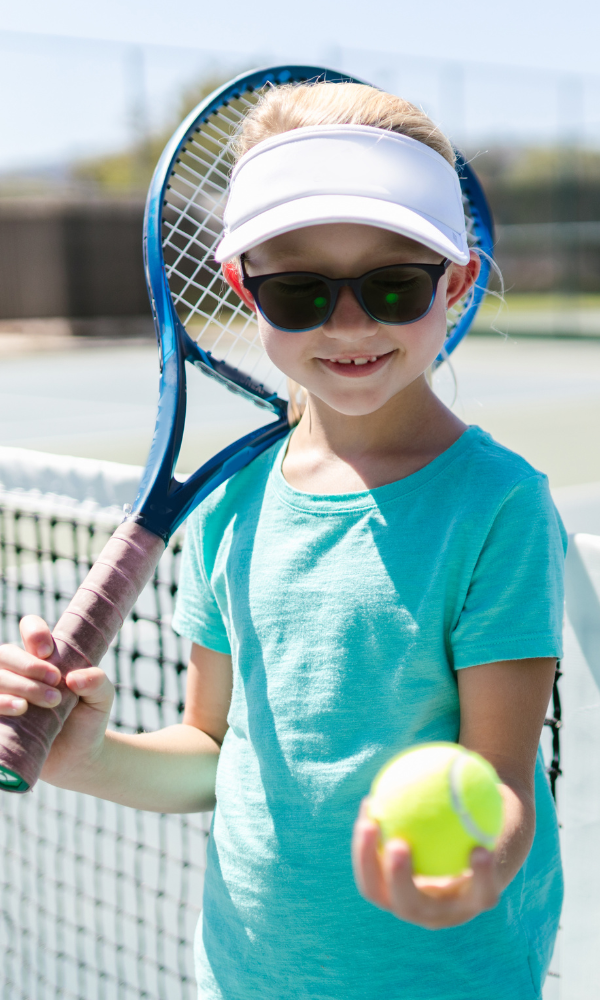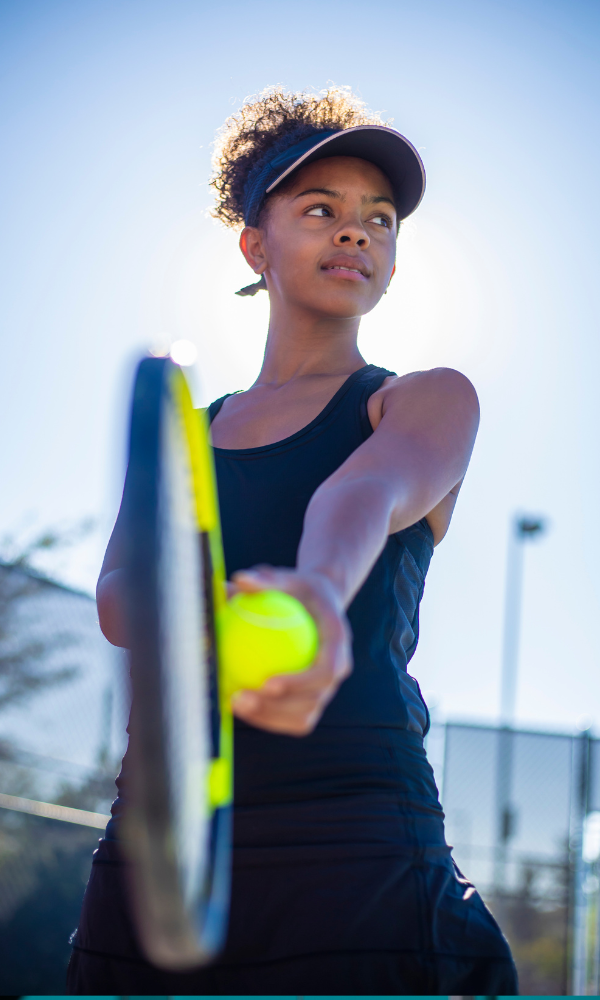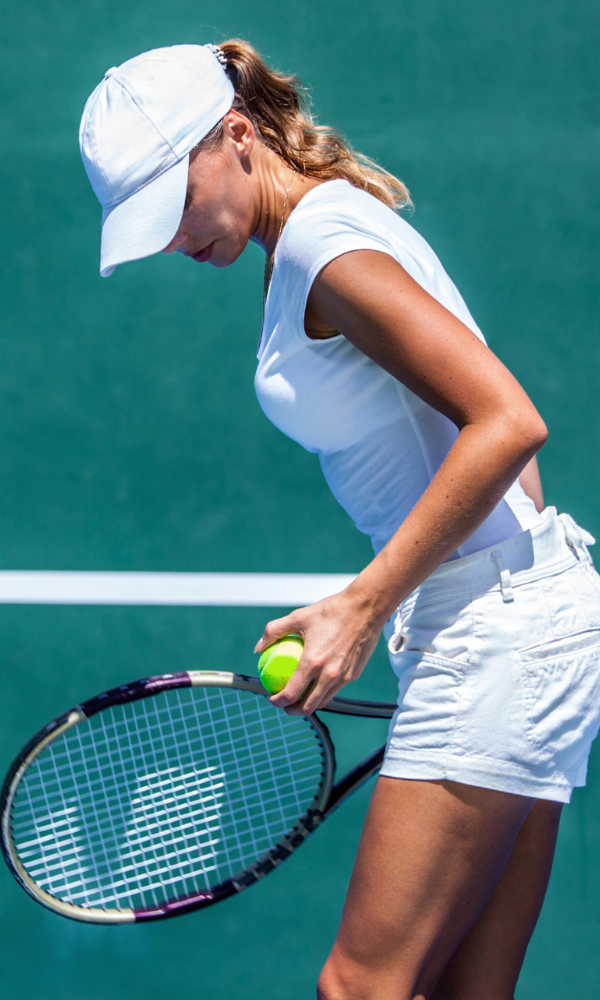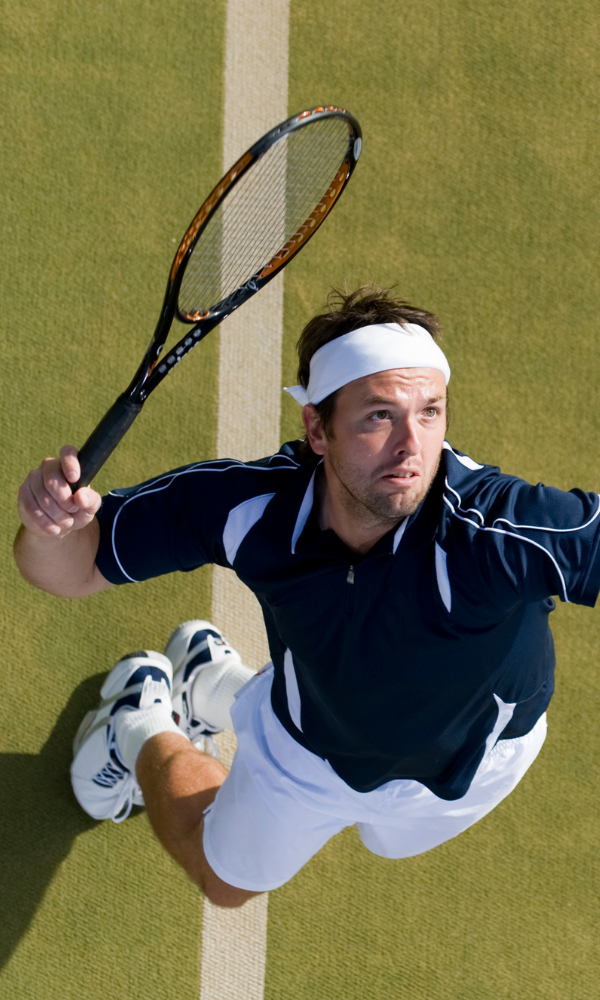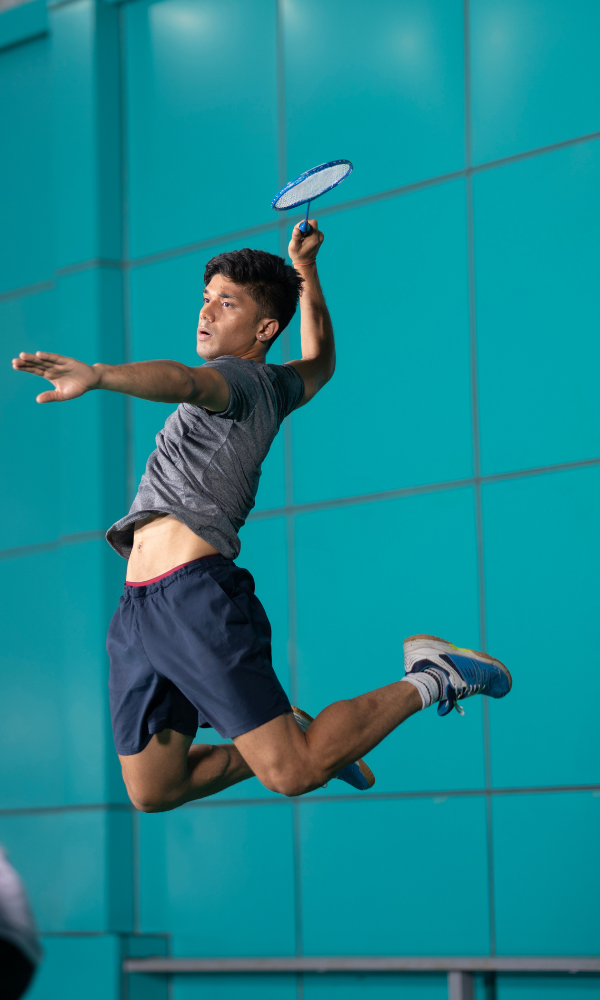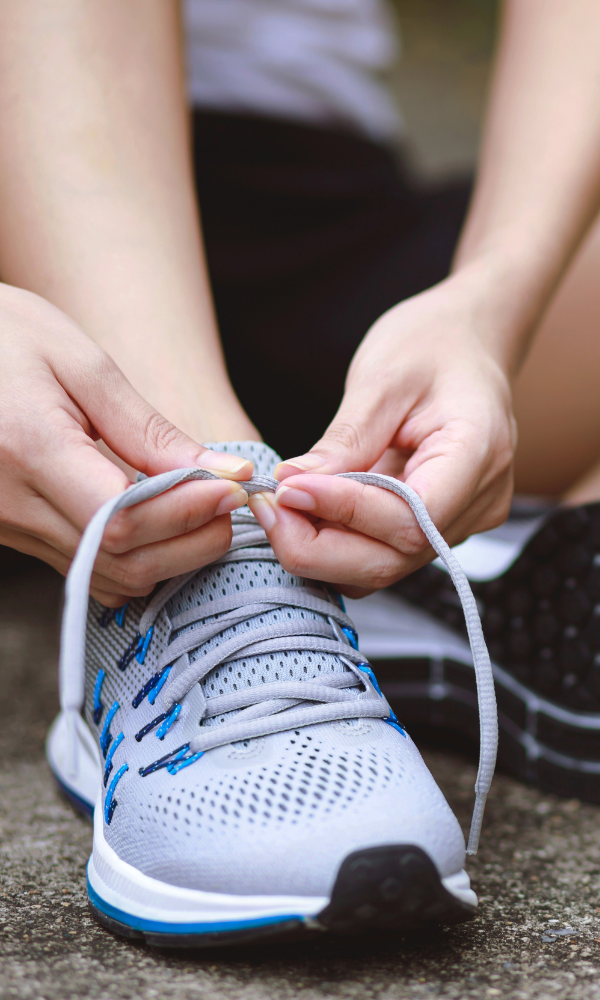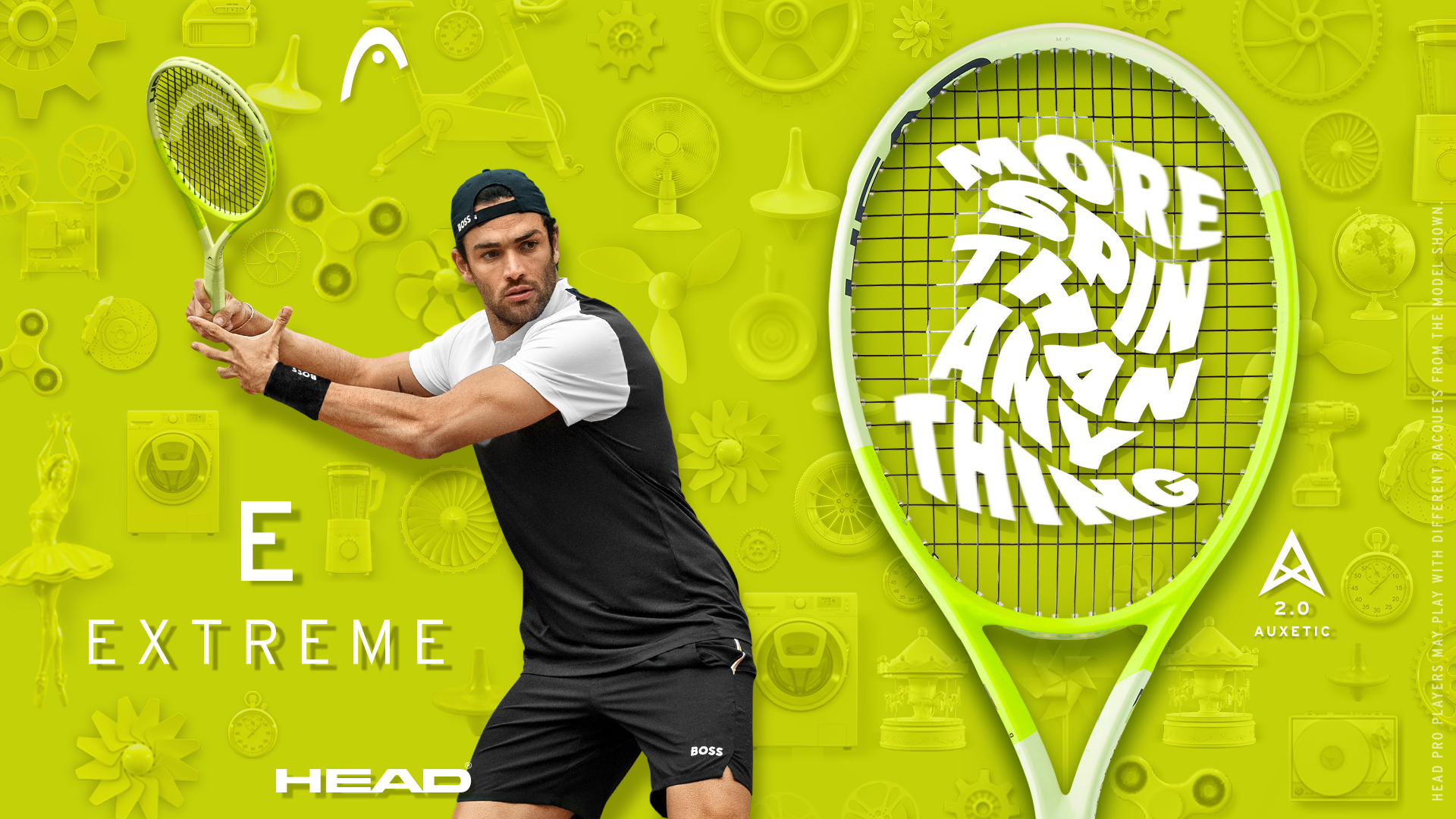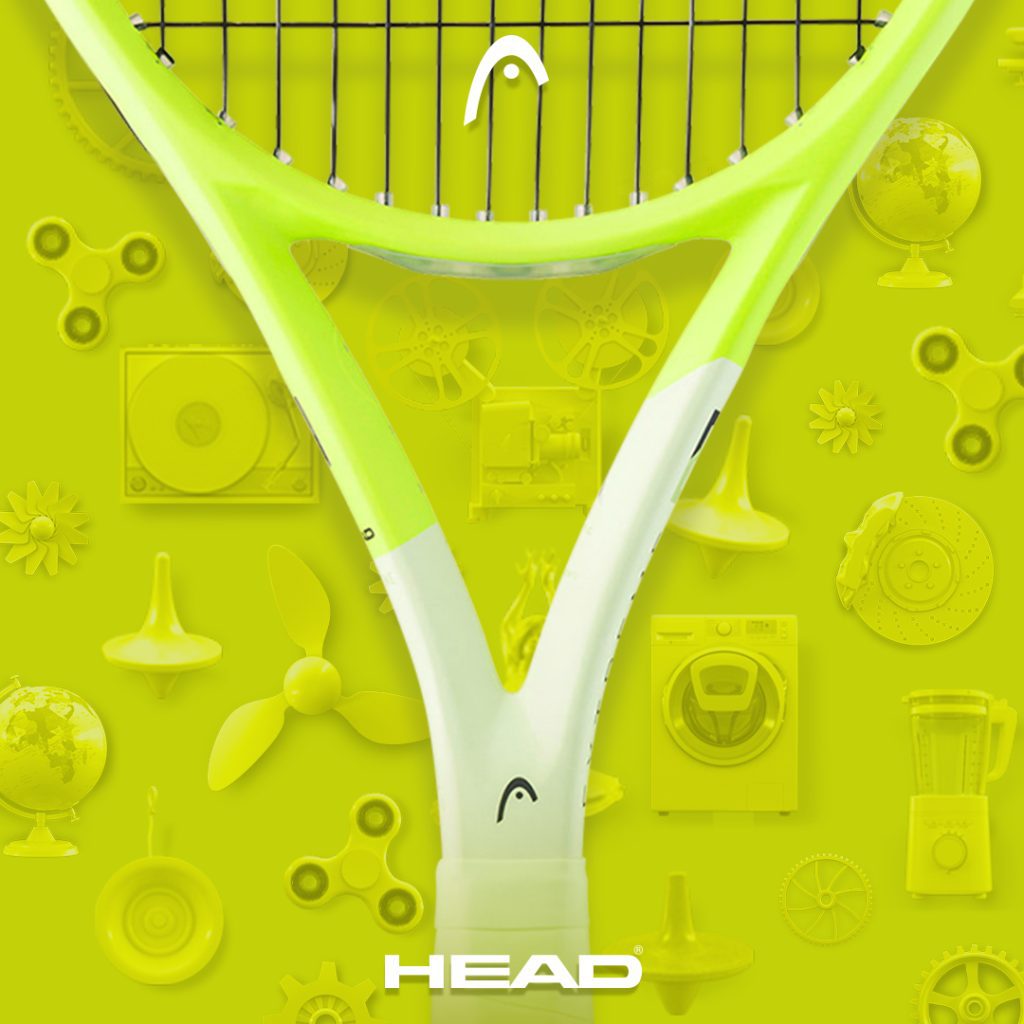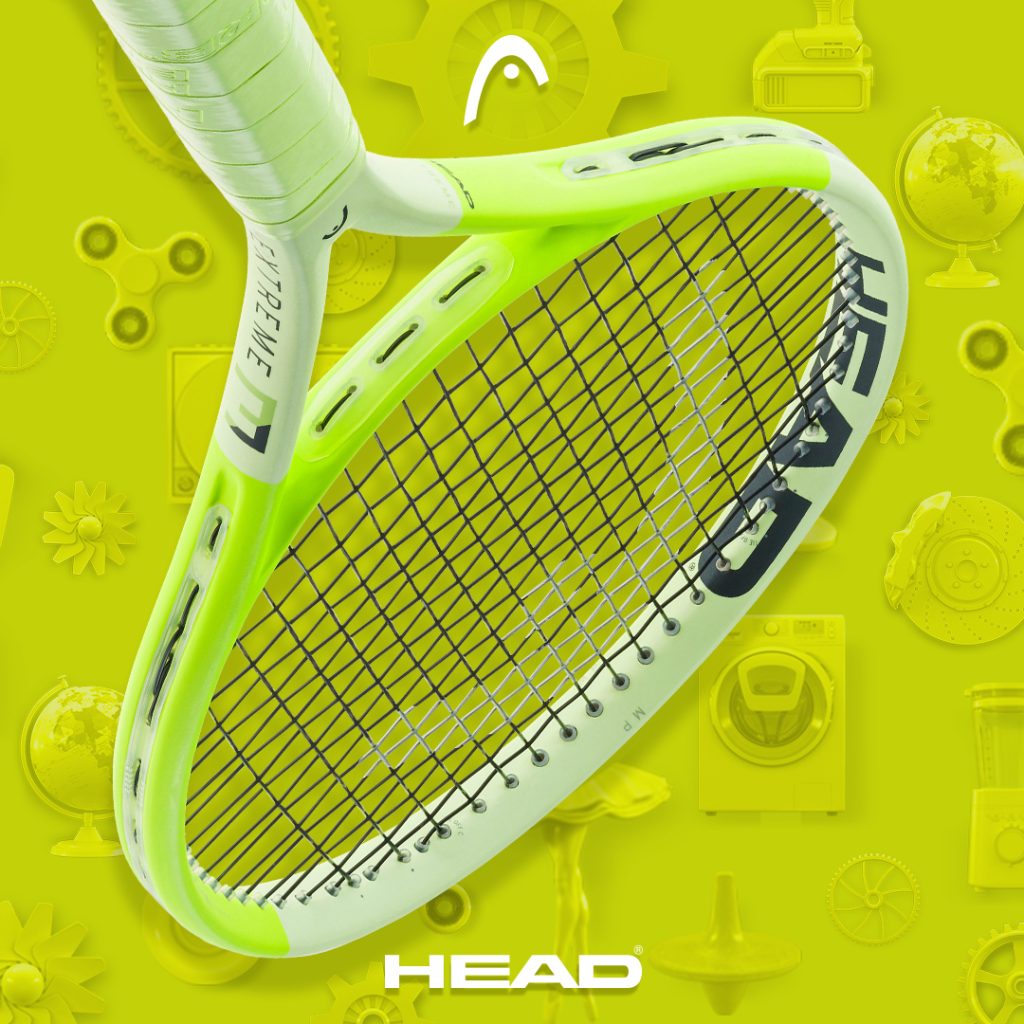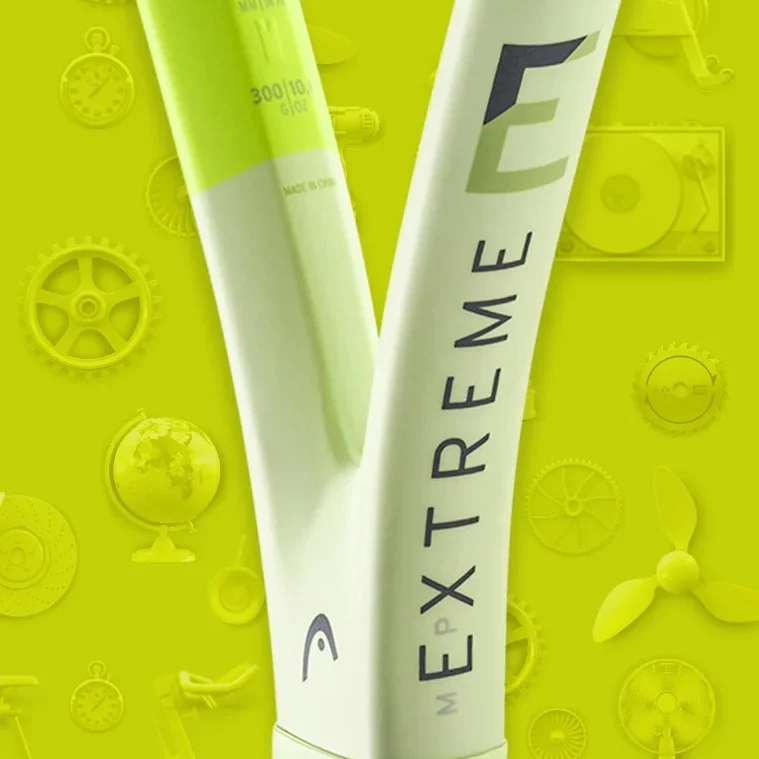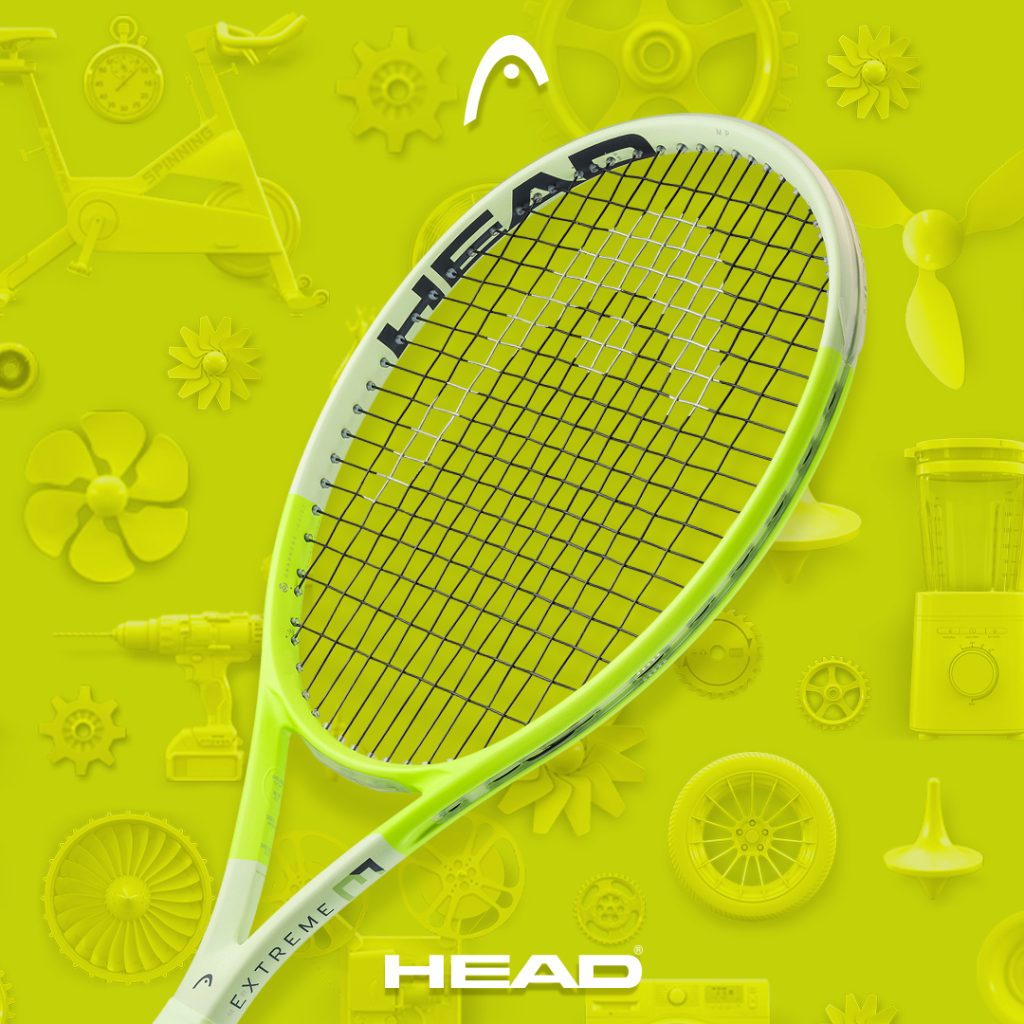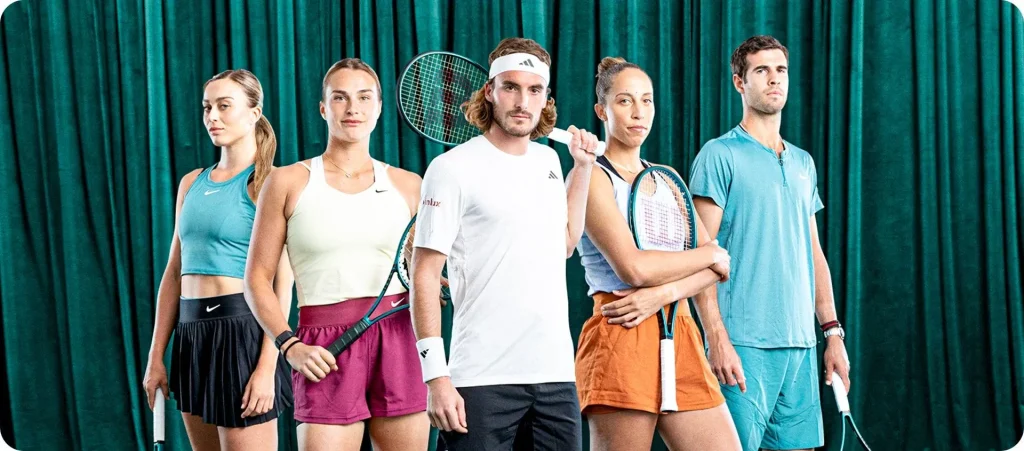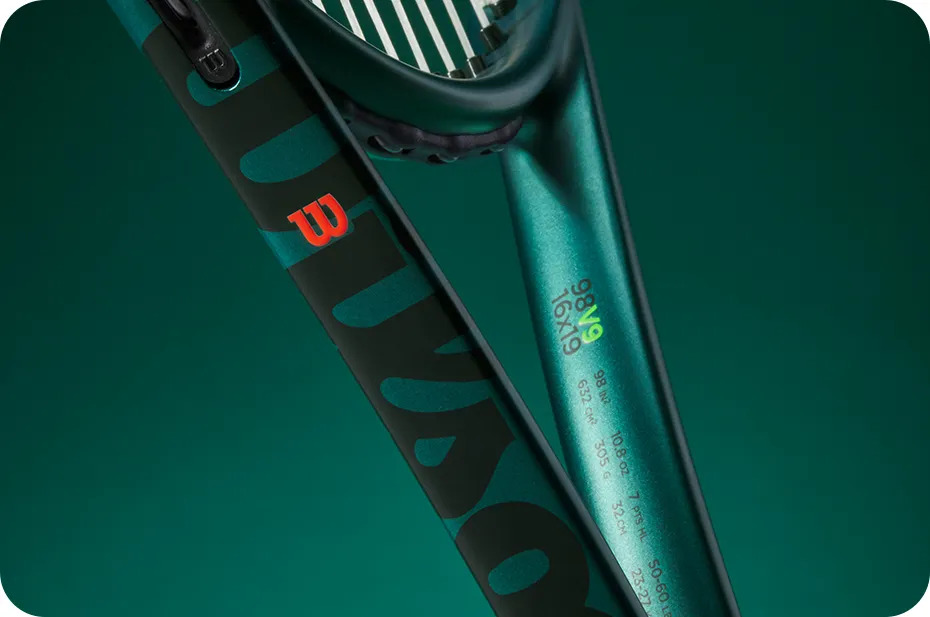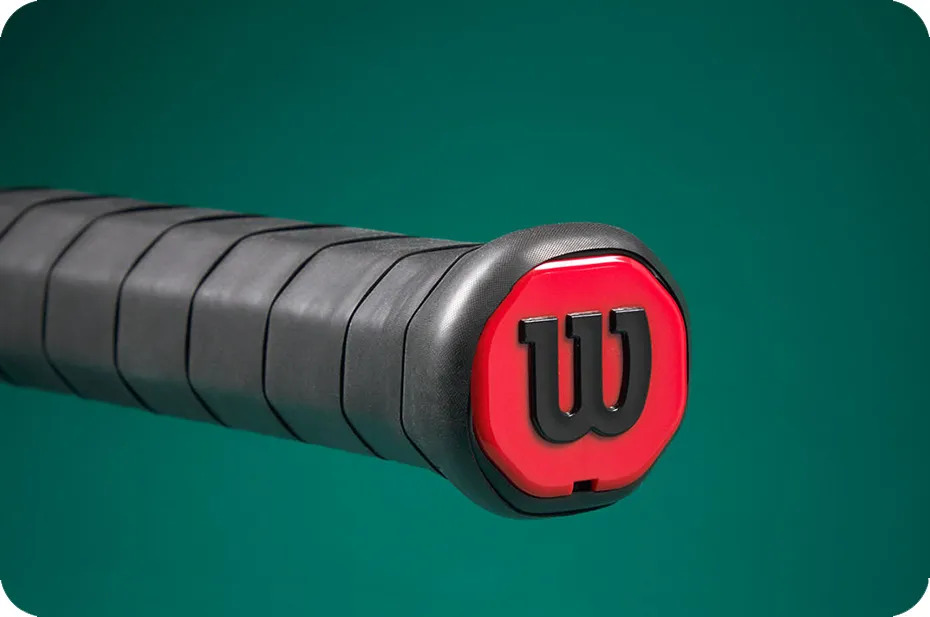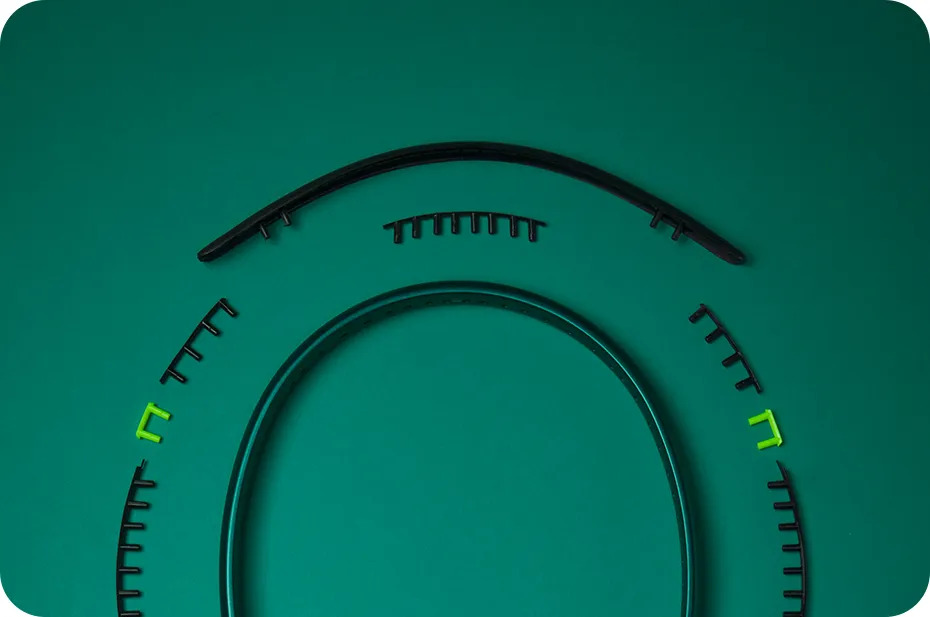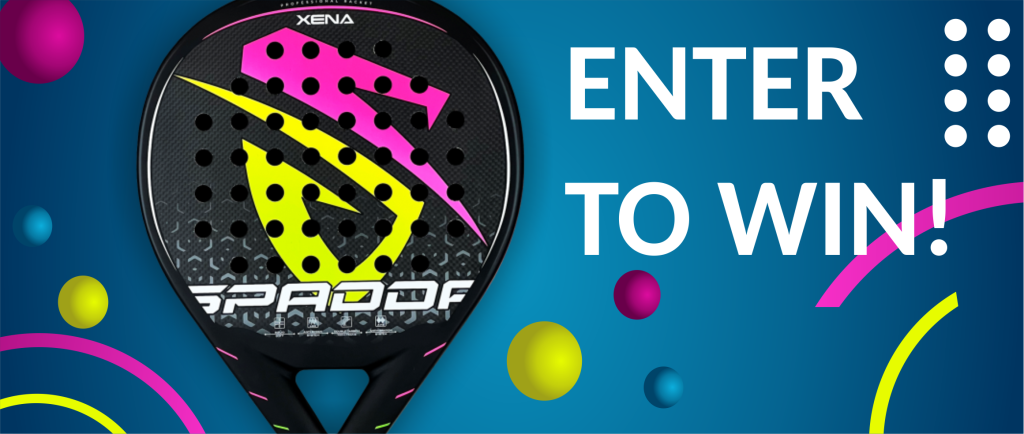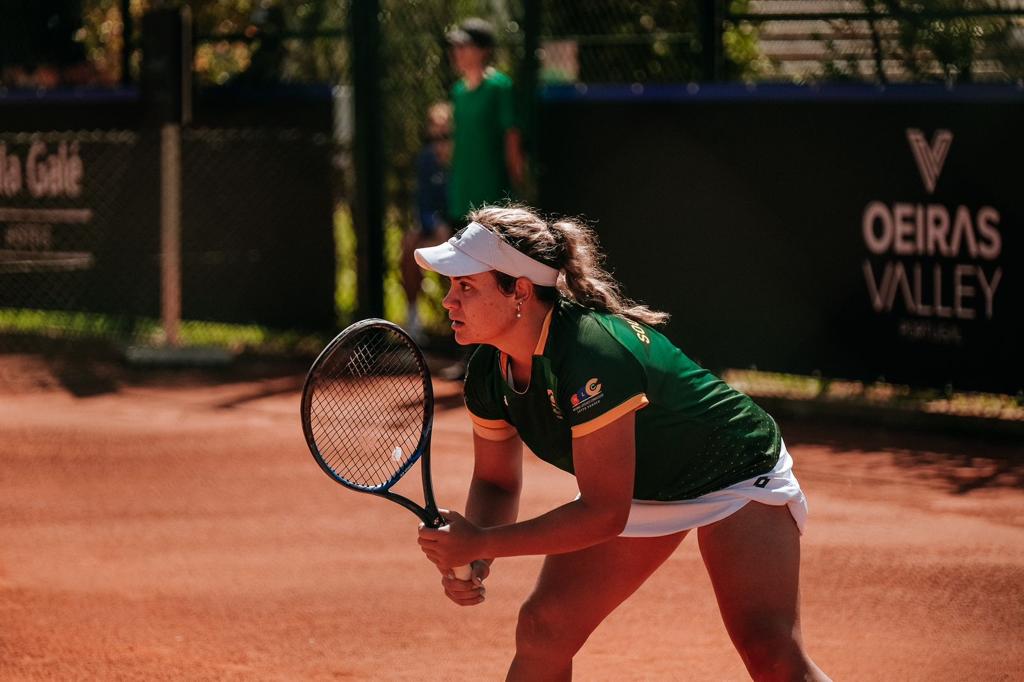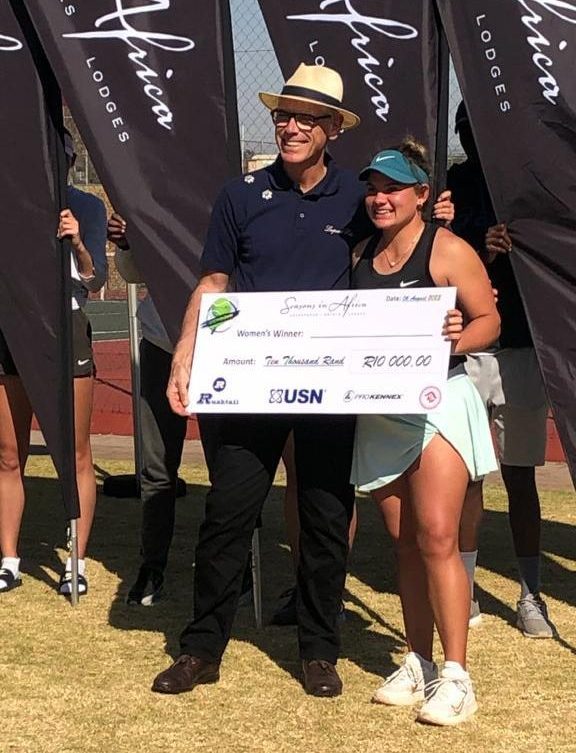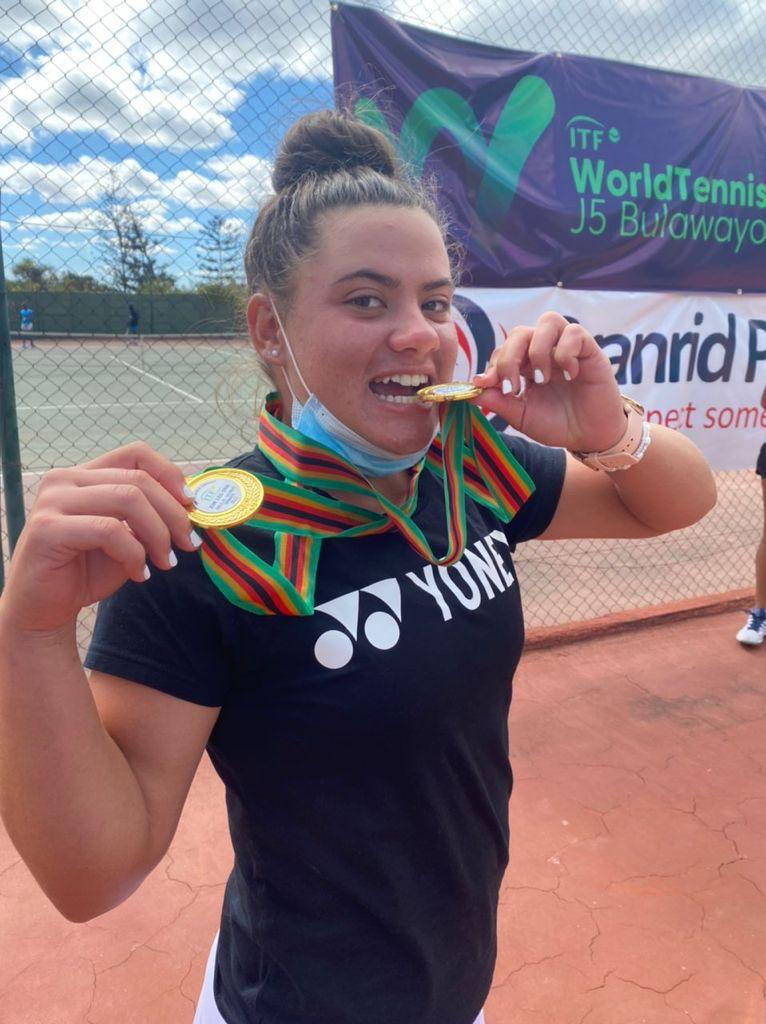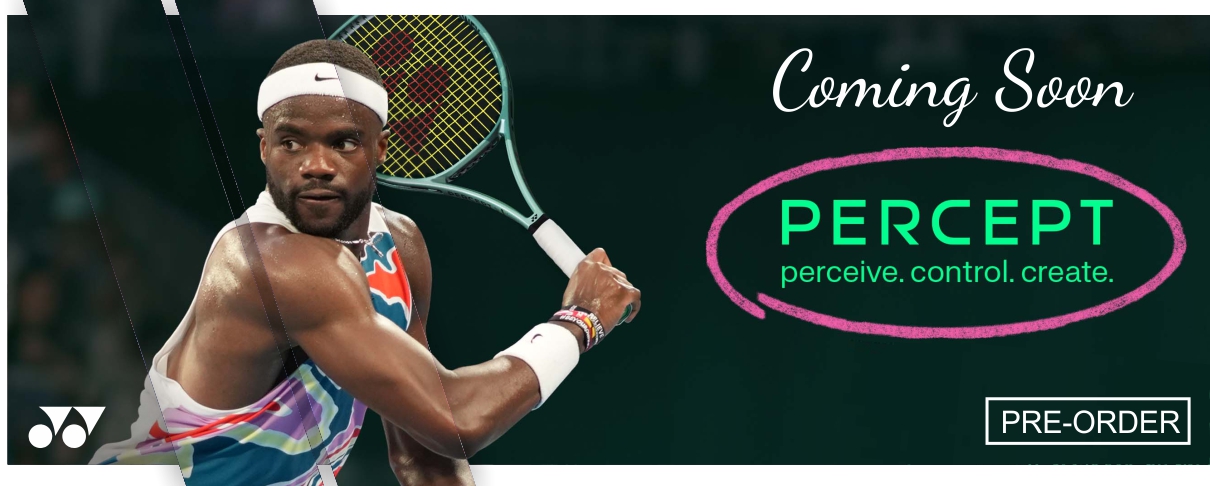Squash Shoes for Beginners: The Ultimate Guide from Baseline Racquets!
Starting your squash journey is an exciting and challenging experience. Whether you’ve just picked up a racket or you’re planning to get serious about the sport, one thing is for sure – having the right gear is essential, and that starts with your shoes. Squash is a fast-paced, dynamic game that requires quick direction changes, sudden stops, and lots of lateral movement. As a beginner, finding the right pair of squash shoes will not only improve your performance but also help you avoid injuries.
Here’s a beginner-friendly guide to help you choose the perfect pair of squash shoes to get you started.
1.WHY DO SQUASH SHOES MATTER?
Unlike regular gym or running shoes, squash shoes are designed specifically for indoor sports, with features that support quick movements, enhance grip, and provide stability. The right pair of shoes will make a significant difference in how well you move on the court and how comfortable you feel during your game.
2. INDOOR COURT SHOES: ESSENTIAL FOR SAFETY AND PERFORMANCE
Squash is played on indoor courts with a smooth, hard surface, so it’s crucial that your shoes are designed for this type of flooring. Regular sports shoes or running shoes won’t provide the grip or support you need for quick lateral movements or rapid direction changes.
- Non-Marking Rubber Soles: Squash courts can be damaged by shoes that leave marks, so it’s essential to choose shoes with non-marking rubber outsoles. These soles offer the perfect balance of grip and smoothness, ensuring that you can pivot quickly without worrying about damaging the court.
- Grip and Traction: The grip on the sole is key. A good squash shoe will have a herringbone tread pattern or a similar design that provides optimal traction, helping you stay in control while making those rapid lateral movements. This grip will prevent you from slipping, especially when you’re moving quickly from one corner of the court to the other.
3. COMFORT AND CUSHIONING: PROTECT YOUR FEET
Squash can be intense, and as a beginner, you may not yet be accustomed to the repetitive footwork and fast changes of direction. Proper cushioning will protect your joints and ensure you’re comfortable throughout your session.
- Shock Absorption: Look for shoes with a foam or EVA midsole for excellent shock absorption. This feature will cushion the impact when you jump, land, or make quick stops. Good cushioning also prevents stress on your knees and ankles, which is especially important as you build endurance.
- Breathability: Squash matches can get pretty intense, and your feet will sweat. Shoes with breathable mesh uppers will help keep your feet cool and dry, reducing the chance of blisters and improving comfort. Many squash shoes are made with breathable synthetic materials that allow air circulation while still providing structure and support.
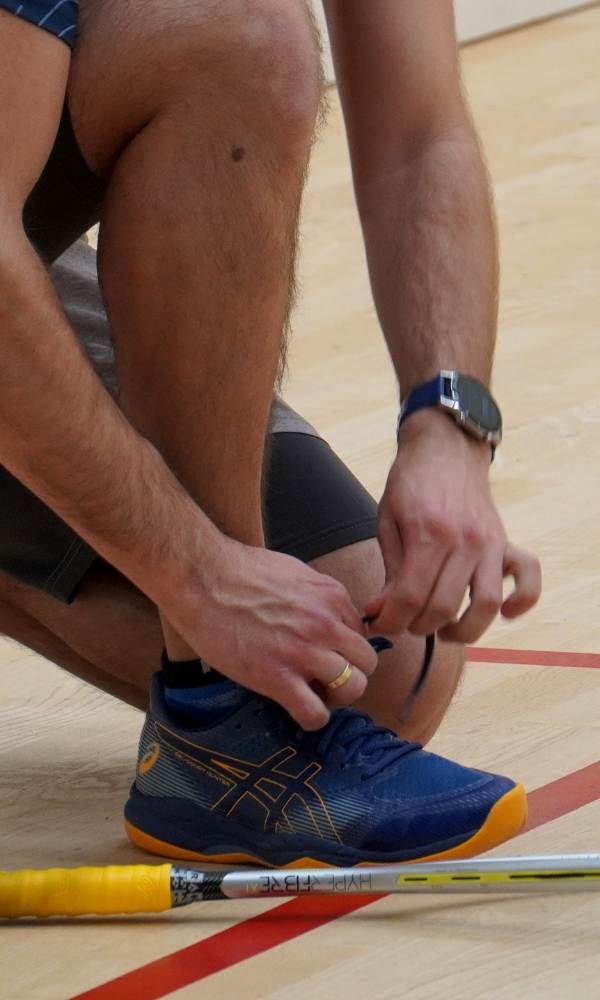
4. FIT: MAKE SURE YOUR SHOES FIT WELL
The right fit is crucial for both comfort and performance. Ill-fitting shoes can cause discomfort and affect your movement on the court. For beginners, comfort should be your top priority.
- True-to-Size Fit: Squash shoes should fit snugly around your foot without feeling tight. There should be a small gap (about 1cm) between your toes and the front of the shoe to prevent any rubbing. Too tight, and you risk discomfort or blisters; too loose, and your foot will slide inside the shoe, reducing stability.
- Toe Box and Heel: Make sure there’s enough room in the toe box for your toes to spread naturally during quick movements. The heel area should be snug but not restrictive to avoid any slipping. As a beginner, you want to avoid shoes that are too narrow or too wide, as both can lead to injury over time.
5. SUPPORT: LATERAL STABILITY IS KEY
Squash involves lots of side-to-side movements, so your shoes need to provide support to keep your feet stable during these motions. Without proper lateral support, you increase the risk of spraining an ankle or losing balance during a fast rally.
- Midfoot Support: Look for shoes that offer midfoot stability, especially around the arch area. Shoes with extra support in this region will keep your foot stable during sudden pivots and direction changes. Some shoes are designed with internal support structures or stiff midsoles that help maintain your foot’s position in the shoe, reducing the risk of rolling your ankle.
6. WEIGHT: FIND THE RIGHT BALANCE
As a beginner, you may find that lighter shoes give you more agility, especially when you’re getting used to the fast pace of the game. But don’t sacrifice too much support for the sake of weight. You’ll need a balance between comfort, stability, and speed.
- Lightweight vs. Heavier Shoes: Lighter shoes typically allow for quicker movements, but they may not provide as much support. Heavier shoes offer more cushioning and stability, which can be beneficial as you build endurance. As a beginner, you’ll likely benefit from a mid-weight shoe that offers a good balance of both.
7. DURABILITY: BUILT TO LAST
Even as a beginner, you’ll want shoes that can handle the wear and tear of playing on hard indoor courts. Squash involves a lot of lateral movements and sudden stops, which can quickly wear down the soles and the upper parts of the shoe.
- Rubber Outsoles for Durability: Look for shoes with durable rubber outsoles that can withstand the demands of the sport. High-quality rubber will maintain grip over time, even with regular play. Some shoes come with reinforced toe caps or extra heel cushioning for added durability, which is particularly useful if you tend to drag your feet or make frequent lateral movements.
8. POSITION-SPECIFIC NEEDS: WHAT YOU PLAY MATTERS
While the fundamentals of squash footwear apply to all players, different playing styles may require specific features.
- Fast Movers: If you’re focusing on quick footwork and speed, lightweight shoes with excellent grip and flexibility are key. These will help you make those rapid lateral movements without losing momentum.
- Power Players: If you rely more on power shots and stability, you might prefer a heavier shoe with more cushioning and ankle support. This will ensure you stay comfortable while executing powerful movements.
For beginners, the right pair of squash shoes will make the learning process smoother, more comfortable, and safer. Focus on shoes with non-marking soles, good cushioning, and lateral support. A proper fit is essential for comfort, and choosing a shoe that balances support with lightweight flexibility will help you move around the court with ease.
Investing in the right pair of shoes is one of the best ways to set yourself up for success on the squash court. With the right footwear, you’ll be able to focus on improving your skills, enjoying the game, and staying injury-free. Visit Baseline Racquets for more expert advice, gear guides, and squash-related content to help you take your game to the next level!

